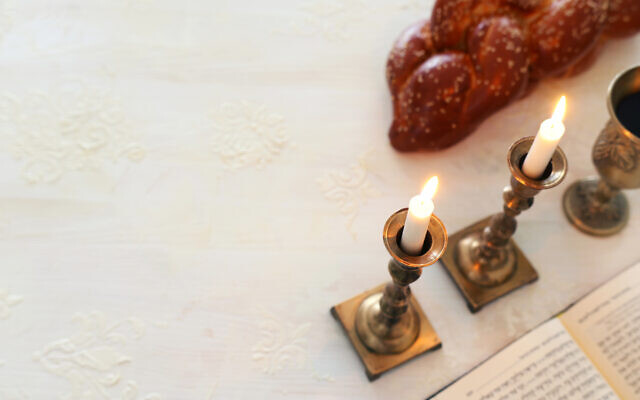The lesson of a coin of fire
Shabbat Shalom to all our readers.
Opposites attract. No, this isn’t a reference to one of the most popular R&B singles of the 1990s sung by Paula Abdul. It’s in fact a deep theme in Jewish theology expressed in the works of the Kabbalah.
The Jewish mystics teach us that the two most opposite forces on the planet are the physical versus spiritual. Physicality is, by definition, coarse. It is the inherent drive towards instant gratification and materialism. The physical sphere is characterised by ego, self-centredness and greed. The spiritual side is punctuated by truth-seeking, altruism and kindness.
And yet, the Kabbalists teach us that opposites do attract. They explain that the physical world can be imbued with spirituality and meaning. They demonstrate to us that we as humans can transform our coarse physical environment into a refined and sacred space.
One way to achieve this is through Jewish ritual – our mitzvot which we have practised and preserved for thousands of years. Every mitzvah involves something physical – wool for a tallit, leather for tefillin, wax for the Shabbat candles, money for charity. God provides us the physical and we must use those physical resources towards a purposeful means. It’s about creating meaning in our mundane lives by turning seemingly benign activities into acts of holiness.
It is in this way that Judaism differs fundamentally from many other faiths. While some faiths view asceticism as a means to connect to God, Judaism believes we must engage with the physical world and not run away from it. We must preserve and utilise our God-given planet for a higher purpose by following the mandates of our holy Torah.
This central Jewish theme is illustrated by a fascinating episode described in this week’s Torah portion. When God showed Moses the half shekel He wanted every Jewish person to give as part of a census, He showed Moses a coin made of fire. Contemporary Jewish scholar Chaim Miller in his adaptation of the Lubavitcher Rebbe’s commentary on the Chumash expresses this scene as follows:
“Fire differs from all the other elements on this earth in that it strives upward, reaching ever higher, dancing, flickering, until finally it frees itself of its chains when the wick burns out and it unites with its source. Fire is the paradigm of self-effacement, having no distinct shape or form.
“A coin, however, is hewn from the depths of the earth, the lowest of the four elements. The antithesis of fire, the coin falls ever downward, clearly defined in its shape and form. Fire represents the transcendence of the spiritual; a coin represents the crassness of the physical.”
By combining these elements, a coin made of fire, God demonstrated to Moses that we must all strive to marry the physical and spiritual aspects of our lives by engaging in Jewish ritual in a meaningful way. In essence, we must all imbue the metaphoric coins of our lives with fire, passion, purpose and spiritual meaning.
Yaakov Glasman is senior rabbi of St Kilda Hebrew Congregation.


comments